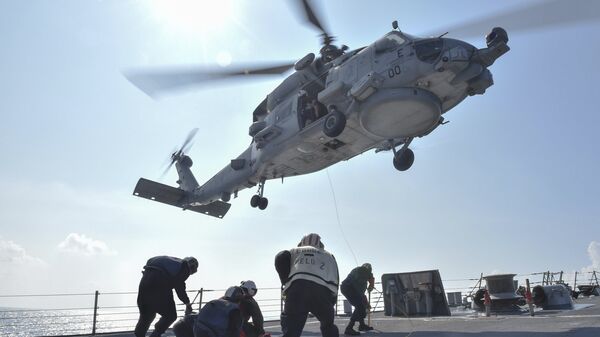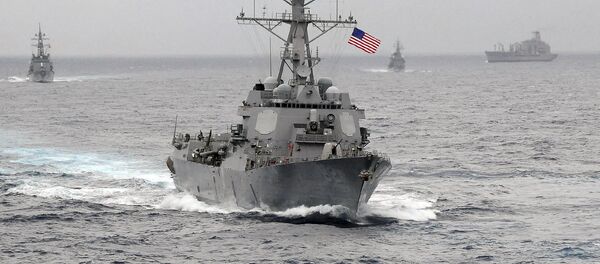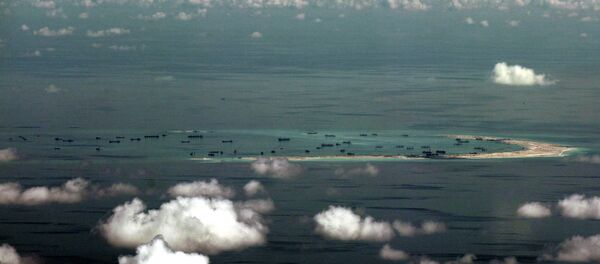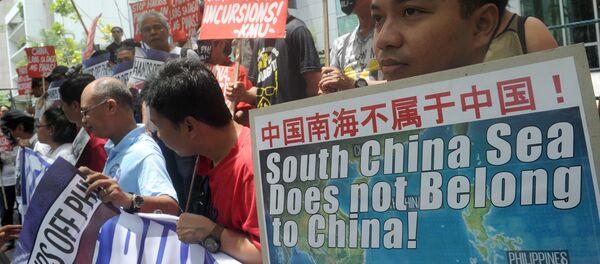The US defense chief however did not specify which particular countries have turned to the US for help.
Carter said a topic of discussion at an upcoming defense summit in Malaysia would include developments in the South China Sea, "the most notable of which in the last year has been the unprecedented rate of dredging and military activity by China."
Although largely uninhabited, the Paracels and the Spratlys may have reserves of natural resources around them.
The sea is also a major shipping route and home to fishing grounds that are essential to the livelihoods of people throughout the region.
China claims by far the largest swath of territory and says its right to the area goes back centuries to when the Paracel and Spratly island chains were regarded as integral parts of the Chinese nation, and in 1947 it issued a map detailing its claims. It showed the two island groups falling entirely within its territory.
The other major claimant in the area is the Philippines, which invokes its geographical proximity to the Spratly Islands as the main basis for its claim to part of the disputed zone.
Both the Philippines and China lay claim to the Scarborough Shoal (known as Huangyan Island in China) — a little more than 100 miles (160km) from the Philippines and 500 miles (800 km) from China.
China said it will not take part in the hearings and will never recognize the court ruling, as the court’s decision to rule on the case "was made without taking the rights of China into account".
Malaysia and Brunei also lay claim to territory in the South China Sea that they say falls within their economic exclusion zones, as defined by UNCLOS — the United Nations Convention on the Law of the Sea.
Brunei does not claim any of the disputed islands, but Malaysia claims a small number of islands in the Spratlys.
China strongly criticized the United States and issued a statement asserting it would take all necessary measures to safeguard its sovereignty and security.
Malaysia, Vietnam and Brunei, along with the US, are signatory members of the Trans-Pacific Partnership, a secretive trade alliance forged between 12 Pacific Rim countries earlier this month. Taiwan and the Philippines have shown an interest in joining. The most notable country in the Pacific Rim not involved in the negotiations is China.







